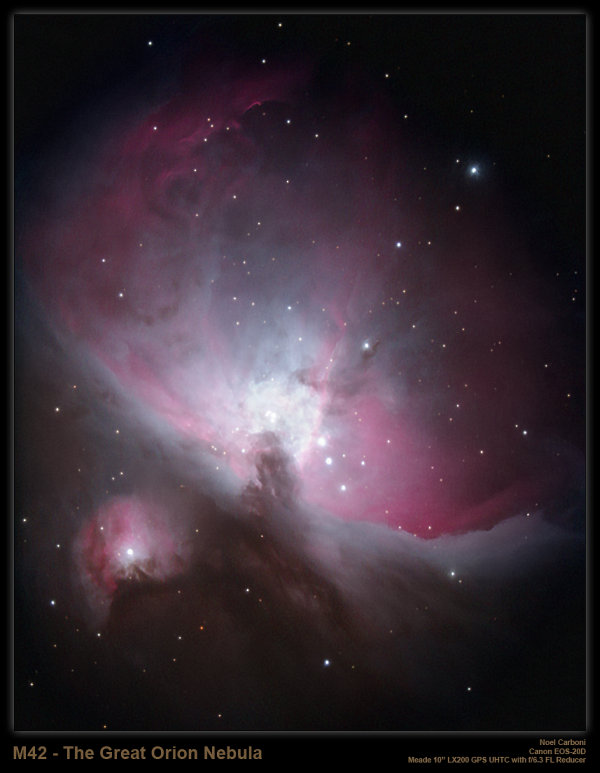NoelC wrote:If we shoot a picture of a terrestrial object in bright light the colors come out in a reasonable semblance of what we see. Camera manufacturers work hard to achieve this.
Yes, they do.
If we shoot the very same terrestrial object in very dim light - e.g., a long exposure night shot where you can barely even SEE the object and can see no color with the unaided eye - the colors in the photo come out very close to what we see in the shot above. I've done this! It's based on the physics of light and the characteristics of the sensor - which don't change!
Yes, no argument.
But I'm talking about astronomical objects, which are usually dominated by narrow emission bands. Color cameras are very poor at reproducing accurate color with such objects- that is simply not what their color mapping algorithms are designed to do. When imagers make color images of astronomical targets using separate color filters, those filters have been very carefully designed to provide suitable overlaps across important emission lines, so that reasonably accurate colors can be achieved. The integral filters found on sensors designed for terrestrial imaging have not been designed this way.
If I shoot pictures of a laser spot (narrow-band color), the color comes out the proper color in our photos as well - i.e., a picture of a red laser comes out red, a picture of a green laser comes out green. How could you say that is "not doing very well"?
Because generally it is not. Your eyes are fooling you. Neither the camera nor the display device is capable of accurately representing either a red or green laser pointer. Those wavelengths are not in the gamut of either. Sure, the results are "red" or "green", but that is very different from being accurate. Furthermore, since the color is also defined by intensity, there is only one brightness level that will come closest to matching the laser- and it probably will be too dim.
When I shoot a picture of M42 with my camera, and it comes out looking like the below, you BETTER BELIEVE it's got glowing red gas and a slight turquoise color near the Trapezium. Trying to convince people otherwise just seems like tilting at windmills to me.
But I'm not trying to convince people otherwise. I'm just pointing out that even defining color accuracy for an object like this is practically impossible, and that the color in this particular image is probably only marginal. Certainly, the hydrogen alpha emission from this image, rendered on my calibrated monitor, is quite different from the Ha emission I see in my calibration light source. And in order to get the emission colors about right, it was necessary to distort the star colors (which the camera might otherwise reproduce with fair accuracy).
As long as people understand what pictures like this show- hydrogen and oxygen emission, and thermal continuum- there is no problem. If people start worrying about whether the color is "right", we're in trouble. Because there really is no "right" or "wrong" most of the time.


